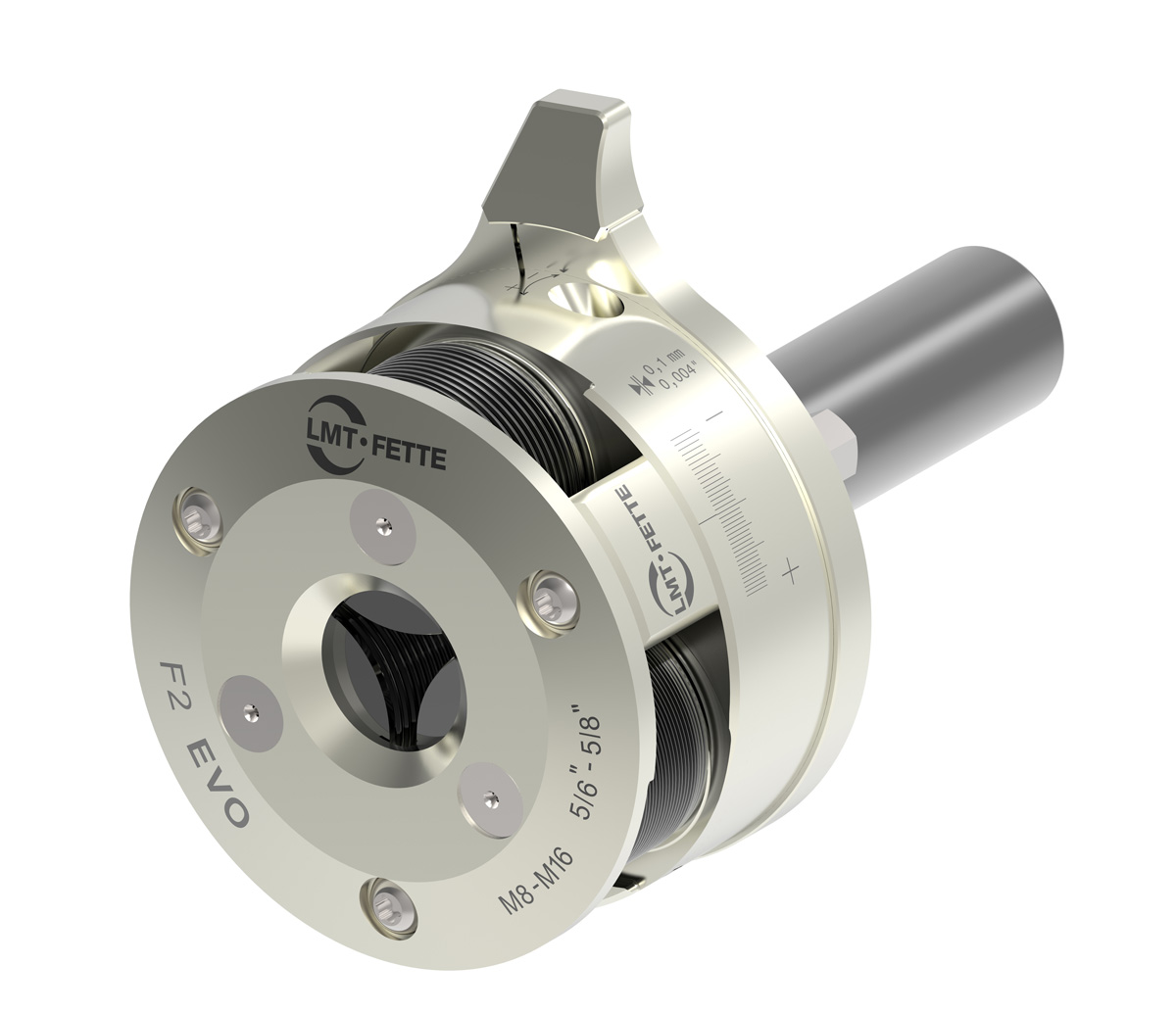Through the publication of previous blogs, we have discussed in some depth the critical advantages offered by rolling as opposed to cutting threads in most metals. The tooling design has changed little over several decades. Using the tools successfully required some self-taught practices that could be derived from the published instruction furnished with the tool. We know, only too well, that often the publications were read after the fact when failure was the initial result. The versatility of the tool required some set-up knowledge that was not broadly covered in the instructions or was misunderstood. While the tool was initially used broadly on multi spindle screw machines and set up was conducted by trained experienced set up people, the transition to single spindle CNC applications often lacked the trained set up technician.
Recognizing the changing work place applications, more recently, the tool design has been altered to make it a more user-friendly tool. Previously, the tool had to be manipulated to use it effectively through its entire range of thread sizes. Distinguishing the changing market place applications encouraged the German designers to “modernize” the set-up capability of the tool.
The newest inception of the tried and true thread rolling attachment has been upgraded to the newly designed EVO style. The EVO tool utilizes a setting adjustment that can function through the entire range of the tool. This eliminates the need to disassemble and reconfigure the tool to accommodate the smallest to largest possible thread that can be run by the tool. The tool has two distinct gauge readings that can be mounted to provide easy viewing of the set point. The closing handle can be rotated 360 degrees to allow for virtually any location to create the closing of the head after each operation. These basic but vital changes have made the tool much more user friendly. While the basic differences between the older original design and the newer EVO design don’t impact the usefulness of older tools, the new EVO design changes can be a reason to migrate to the new design. The EVO design also utilizes solid carbide bushings between the spindle and roll negating the need for roller bearings. This too helps to reduce changeover time and is a secure method to lengthen service time between spindle replacement.
